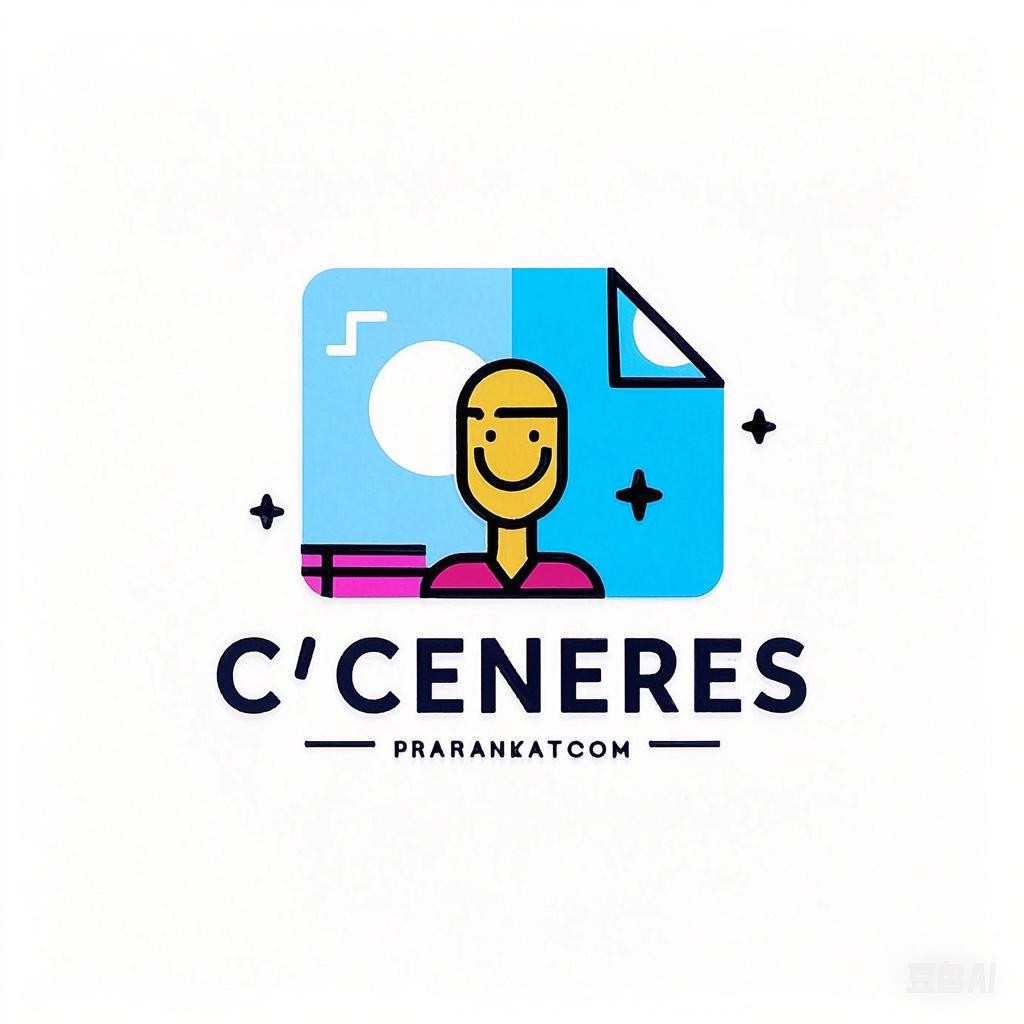Introduction
Finding the ideal job is a crucial step in achieving career satisfaction and personal growth. This guide will help you navigate the process of identifying your dream job, crafting a compelling resume, and acing the interview to secure your ideal position. Whether you’re a recent graduate, a career changer, or a seasoned professional, the following steps will provide you with a comprehensive approach to achieving your career goals.
Identifying Your Dream Job
1. Self-Assessment
Before you start your job search, it’s essential to understand your strengths, weaknesses, interests, and values. Consider the following questions:
- What are your key skills and experiences?
- What are your passions and interests?
- What type of work environment do you thrive in?
- What are your long-term career goals?
2. Research and Networking
Conduct thorough research on various industries and job roles that align with your interests and skills. Networking with professionals in your desired field can provide valuable insights and open doors to potential job opportunities.
3. Identify Your Dream Job
Based on your self-assessment and research, identify the job that aligns with your goals, interests, and values. Create a clear vision of what your ideal job would look like, including the company culture, job responsibilities, and career progression opportunities.
Crafting Your Resume
1. Resume Format
Choose a clean, professional resume format that is easy to read. Ensure your resume is well-organized and visually appealing.
2. Contact Information
Include your full name, phone number, email address, and LinkedIn profile (if applicable).
3. Professional Summary
Write a concise professional summary that highlights your key strengths, experiences, and career goals. Tailor this section to align with the requirements of your ideal job.
4. Work Experience
List your work experience in reverse chronological order, starting with your most recent position. Include job titles, company names, dates of employment, and a bullet-point summary of your responsibilities and achievements.
5. Education
List your highest level of education, including the degree, major, institution, and graduation date.
6. Skills and Certifications
Highlight relevant skills and certifications that align with your ideal job. Include both hard skills (e.g., programming languages, software proficiency) and soft skills (e.g., communication, leadership).
7. Customization
Tailor your resume for each job application, focusing on the skills and experiences that are most relevant to the position.
Acing the Interview
1. Preparation
Research the company, understand the job description, and anticipate potential interview questions. Prepare your answers to common questions, such as “Tell me about yourself” and “Why do you want this job?”
2. Dress Appropriately
Dress professionally and appropriately for the company culture. When in doubt, it’s better to be overdressed than underdressed.
3. Communication Skills
Demonstrate strong communication skills by speaking clearly, listening actively, and asking insightful questions.
4. Body Language
Maintain good posture, make eye contact, and offer a firm handshake.
5. Follow-Up
Send a thank-you email to your interviewer after the interview, expressing your gratitude for the opportunity and reiterating your interest in the position.
Conclusion
Securing your ideal job requires thorough preparation, self-awareness, and a strategic approach. By identifying your dream job, crafting a compelling resume, and acing the interview, you’ll be well on your way to achieving your career goals. Remember to stay persistent and open to feedback, as the job search process can sometimes be challenging but ultimately rewarding.
